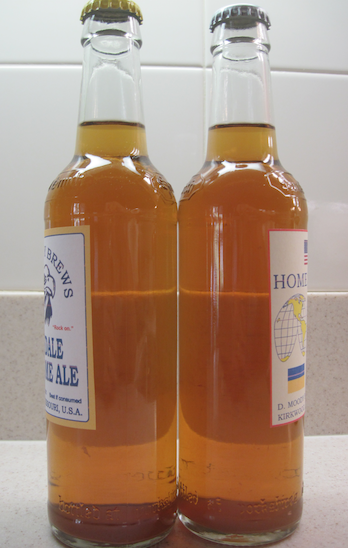You have to understand that I’m a walking time capsule. I quit doing any type of brewing research in 2009. I’ve still brewed 200+ gallons a year since, but using the standard, accepted practices of that era. I got back online 2 weeks ago and learned that I was making crappy beer because I use a secondary, don’t purge with co2, yadda, yadda, yadda. I’d be willing to bet most people regurgitating all of this oxygenating stuff have never experienced oxidation, and are just repeating what they have learned as if it was settled science.
The standard theory of 12 years ago was that when you transferred to the secondary, you would get some minimal contact with air, but you keep the output end of the siphon in the beer to minimize splashing. There is some dissolved co2 that gets released during the transfer that blankets the beer. If you aren’t dry hopping, you make sure that your batch is big enough to fill into the neck of the carboy. You are then left with a few cubic inches of air space that will be filled with co2 as fermentation completes.
Same concept for filling kegs, but you purge the top with a few fills and dumps of co2 prior to force carbing.
I’m not saying I’m right. In fact, I am going to buy a pressurized fermenter and see if there is anything to these new gadgets and theories, but at the end of the day I’d be willing to put my beer in front of anybody for a taste test. It will be interesting to split a 10 gallon batch and compare my tried and true methods with minimal oxygen contact methods.







![Craft A Brew - Safale BE-256 Yeast - Fermentis - Belgian Ale Dry Yeast - For Belgian & Strong Ales - Ingredients for Home Brewing - Beer Making Supplies - [3 Pack]](https://m.media-amazon.com/images/I/51bcKEwQmWL._SL500_.jpg)





















































